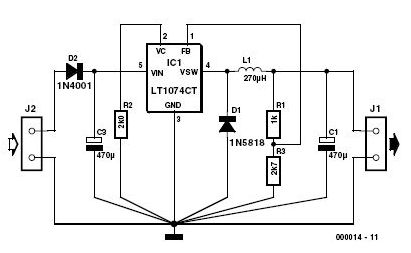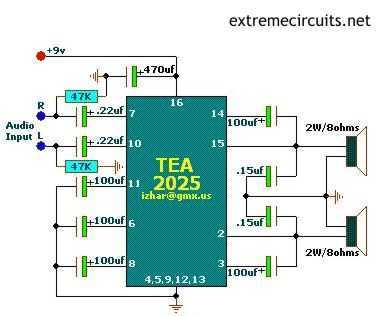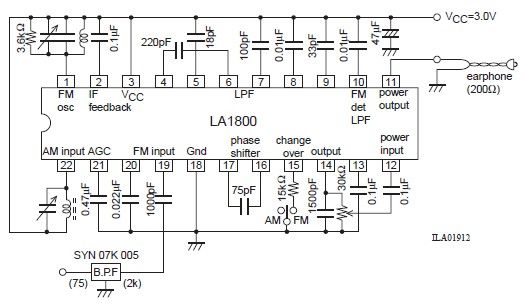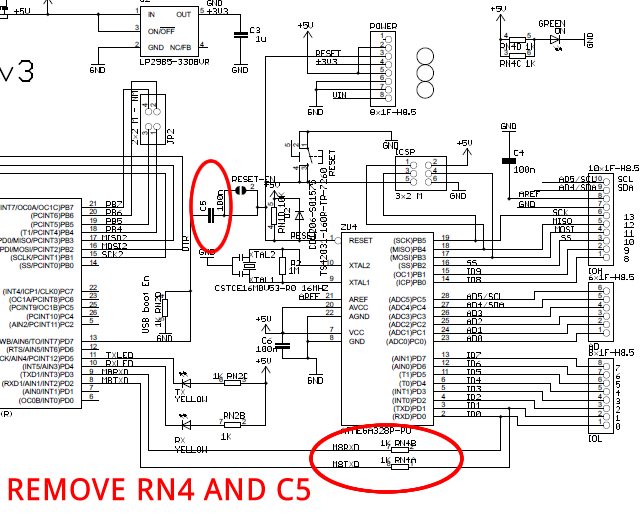
How to enable USB-Serial Port adapter (RS-232) in Ubuntu Linux
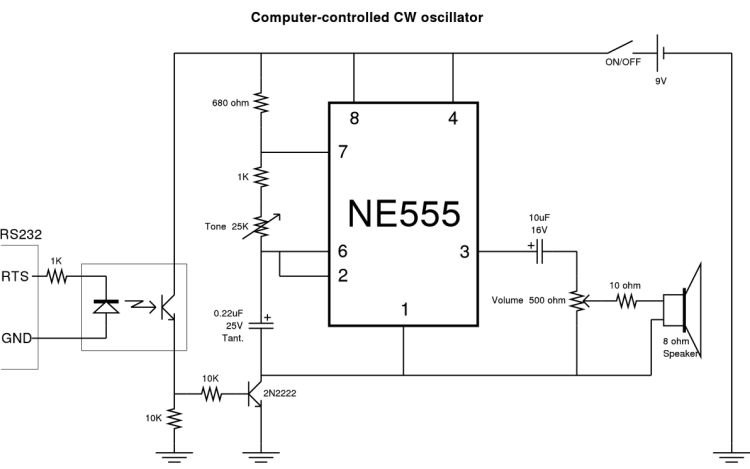
Although some may argue that serial ports are outdated, they remain the most popular interface for electronics enthusiasts engaged in DIY projects. Constructing electronic devices with a serial port interface is more cost-effective than building those that utilize USB interfaces. This is why USB-to-serial adapters continue to be marketed to electronics DIYers.
Serial ports, often implemented as RS-232 or TTL levels, are widely used in various electronic applications due to their simplicity and low cost. They allow for straightforward communication between microcontrollers, sensors, and other peripherals. The typical serial communication involves a single data line for transmitting information, a ground line, and sometimes an additional line for flow control, such as RTS/CTS or XON/XOFF protocols.
In a typical DIY project using a serial port, a microcontroller such as an Arduino or a PIC can be programmed to send and receive data through the serial interface. This is accomplished by connecting the TX (transmit) pin of the microcontroller to the RX (receive) pin of the serial device and vice versa. The ground pins of both devices must also be connected to ensure a common reference point for the signals.
The use of USB-to-serial adapters has become prevalent in scenarios where modern computers lack native serial ports. These adapters convert USB signals to serial communication, allowing older devices or custom-built electronics to interface seamlessly with contemporary hardware. The adapters typically incorporate a USB controller chip that handles the conversion and provides a virtual COM port on the host computer, enabling software applications to communicate with the connected device as if it were a standard serial port.
In summary, despite the perception of serial ports as antiquated technology, they continue to play a vital role in the electronics DIY community due to their affordability, ease of use, and the ongoing availability of supporting hardware such as USB-to-serial adapters.Though some might argue that Serial port are things in the past, it is still the most popular port for those who are into electronic DIY. Building electronic device with serial port interface is cheaper than buiding one that uses USB. That is the reason why people still sell USB-Serial adapter to those electronic DIY. 🔗 External reference
Serial ports, often implemented as RS-232 or TTL levels, are widely used in various electronic applications due to their simplicity and low cost. They allow for straightforward communication between microcontrollers, sensors, and other peripherals. The typical serial communication involves a single data line for transmitting information, a ground line, and sometimes an additional line for flow control, such as RTS/CTS or XON/XOFF protocols.
In a typical DIY project using a serial port, a microcontroller such as an Arduino or a PIC can be programmed to send and receive data through the serial interface. This is accomplished by connecting the TX (transmit) pin of the microcontroller to the RX (receive) pin of the serial device and vice versa. The ground pins of both devices must also be connected to ensure a common reference point for the signals.
The use of USB-to-serial adapters has become prevalent in scenarios where modern computers lack native serial ports. These adapters convert USB signals to serial communication, allowing older devices or custom-built electronics to interface seamlessly with contemporary hardware. The adapters typically incorporate a USB controller chip that handles the conversion and provides a virtual COM port on the host computer, enabling software applications to communicate with the connected device as if it were a standard serial port.
In summary, despite the perception of serial ports as antiquated technology, they continue to play a vital role in the electronics DIY community due to their affordability, ease of use, and the ongoing availability of supporting hardware such as USB-to-serial adapters.Though some might argue that Serial port are things in the past, it is still the most popular port for those who are into electronic DIY. Building electronic device with serial port interface is cheaper than buiding one that uses USB. That is the reason why people still sell USB-Serial adapter to those electronic DIY. 🔗 External reference
